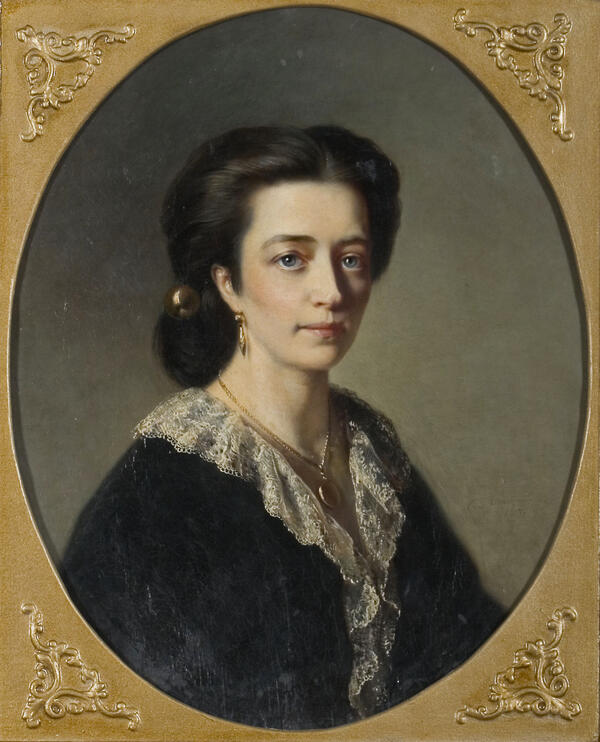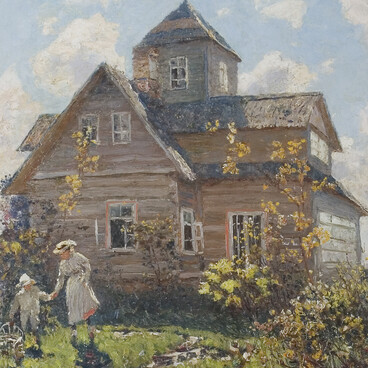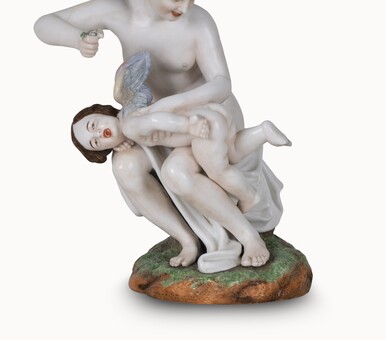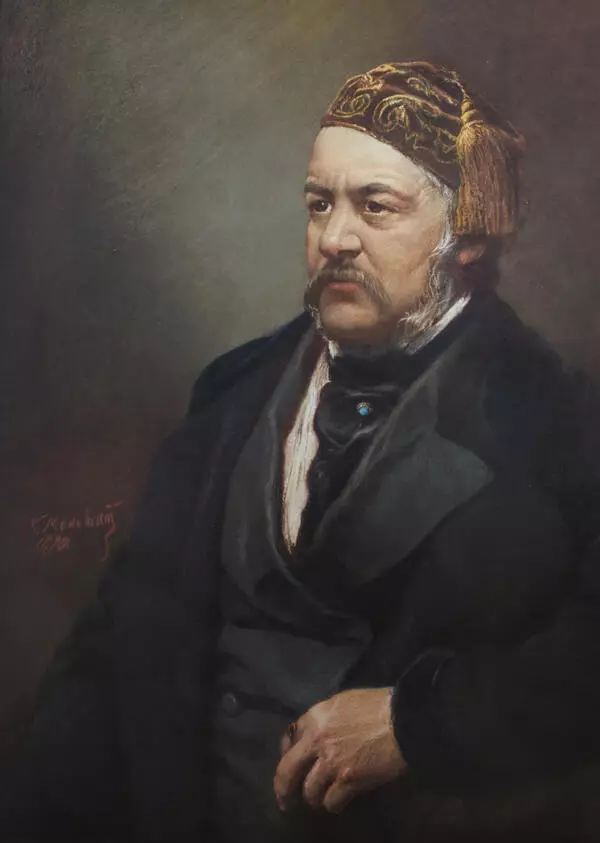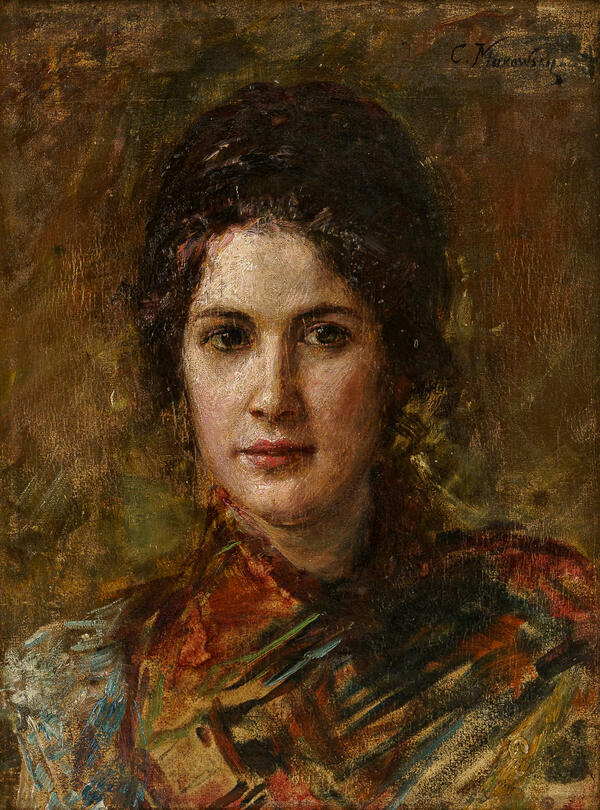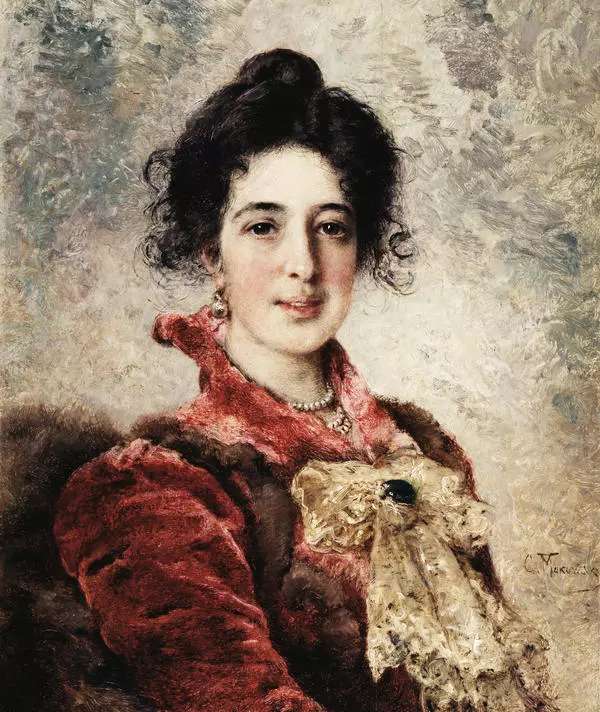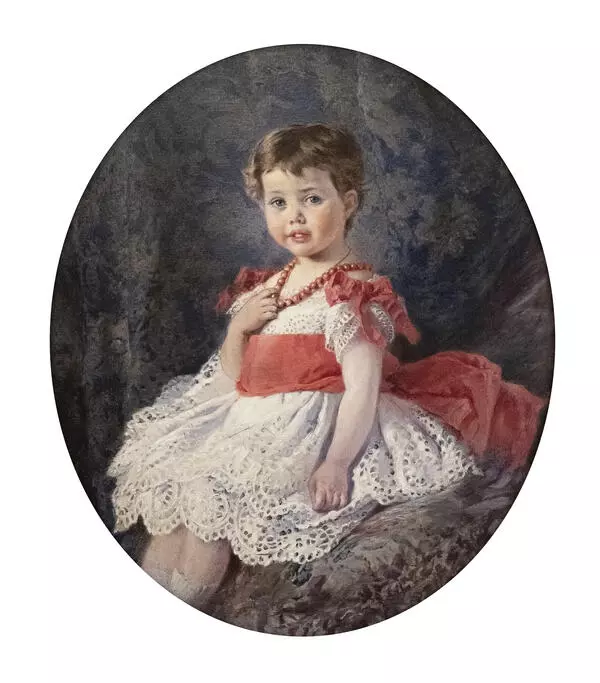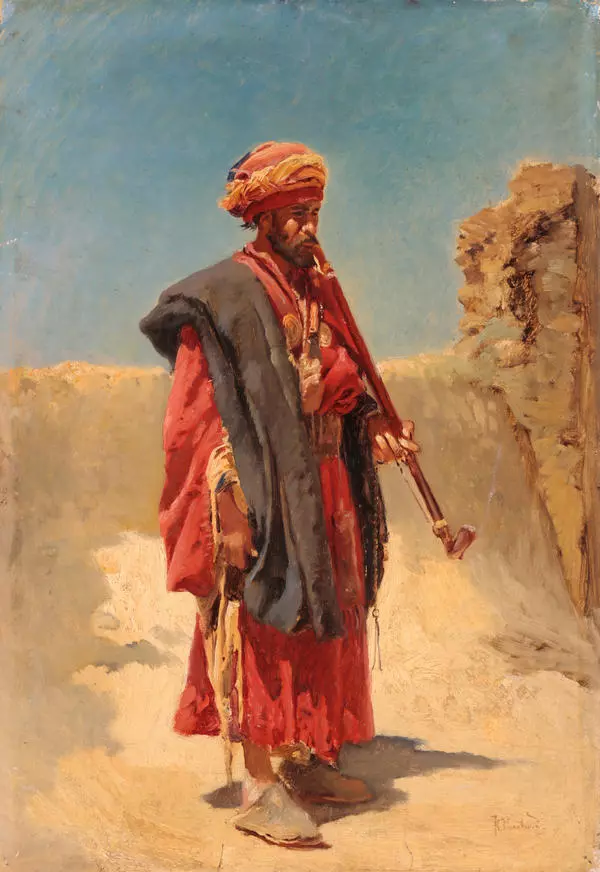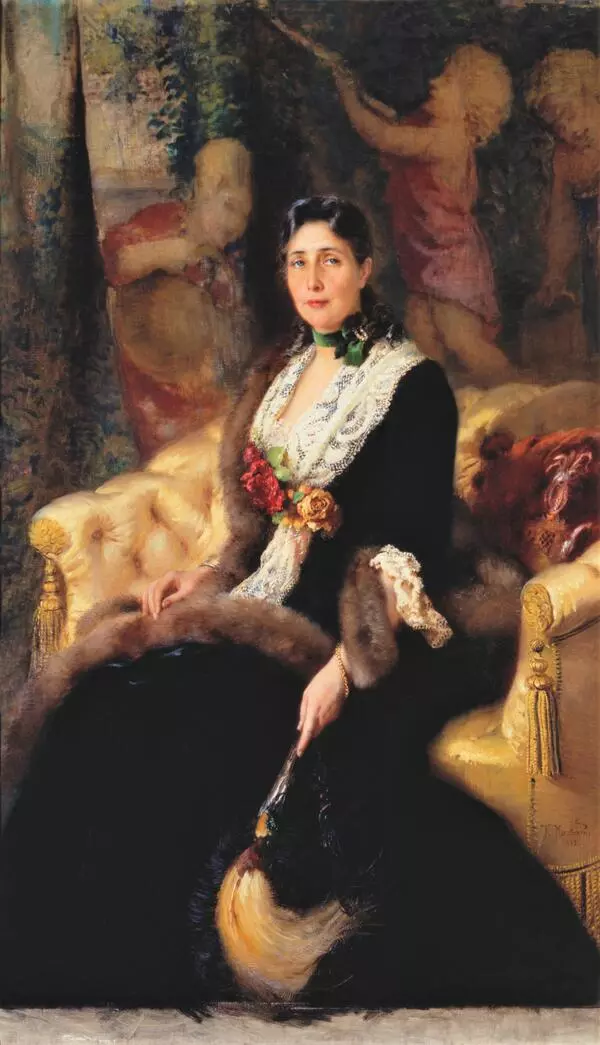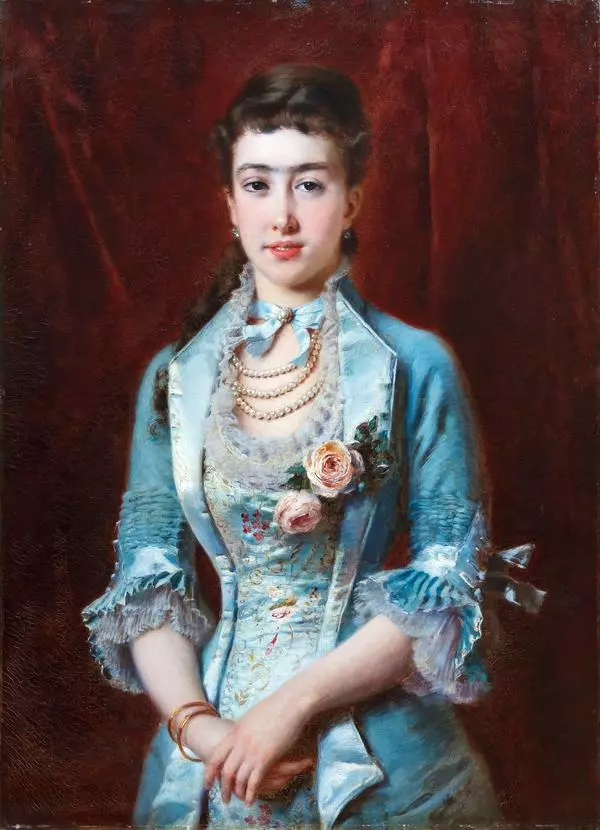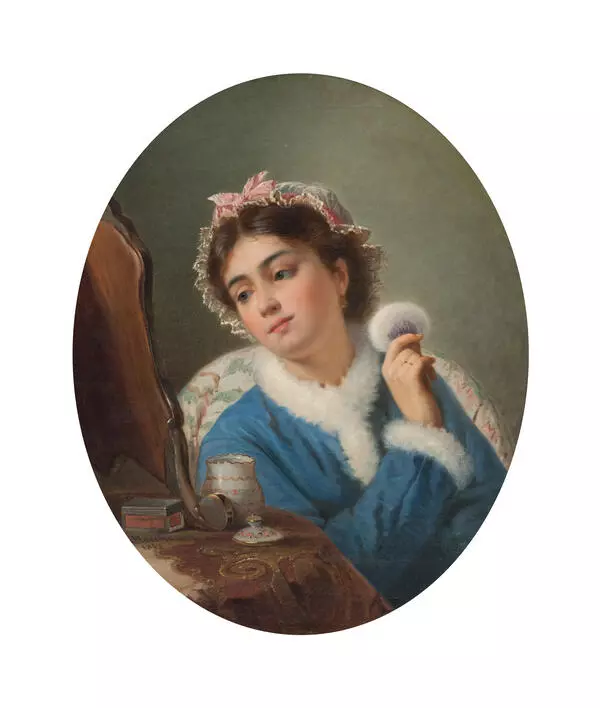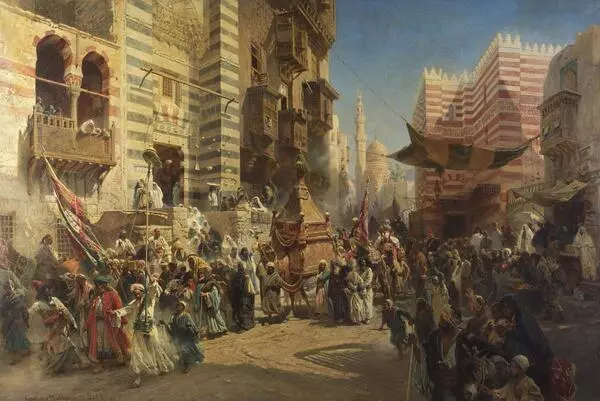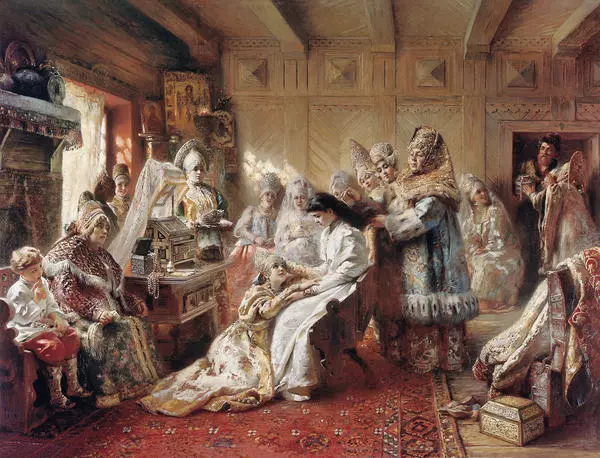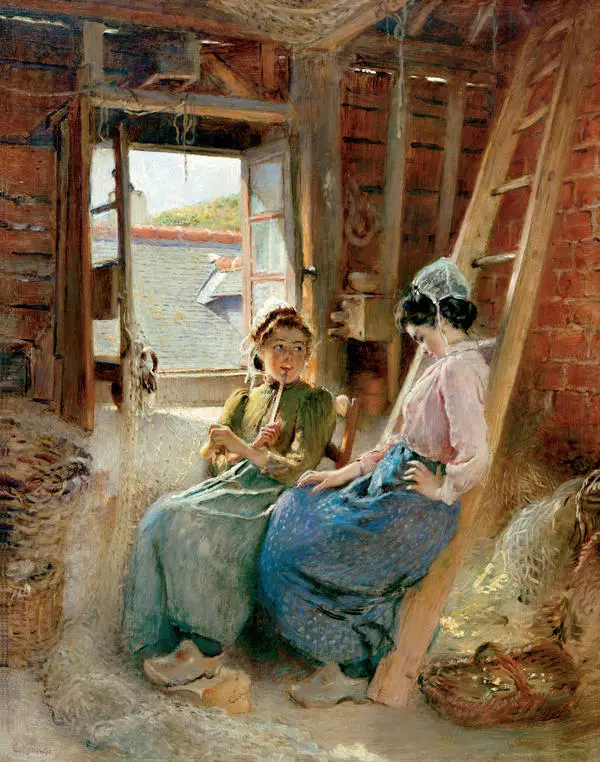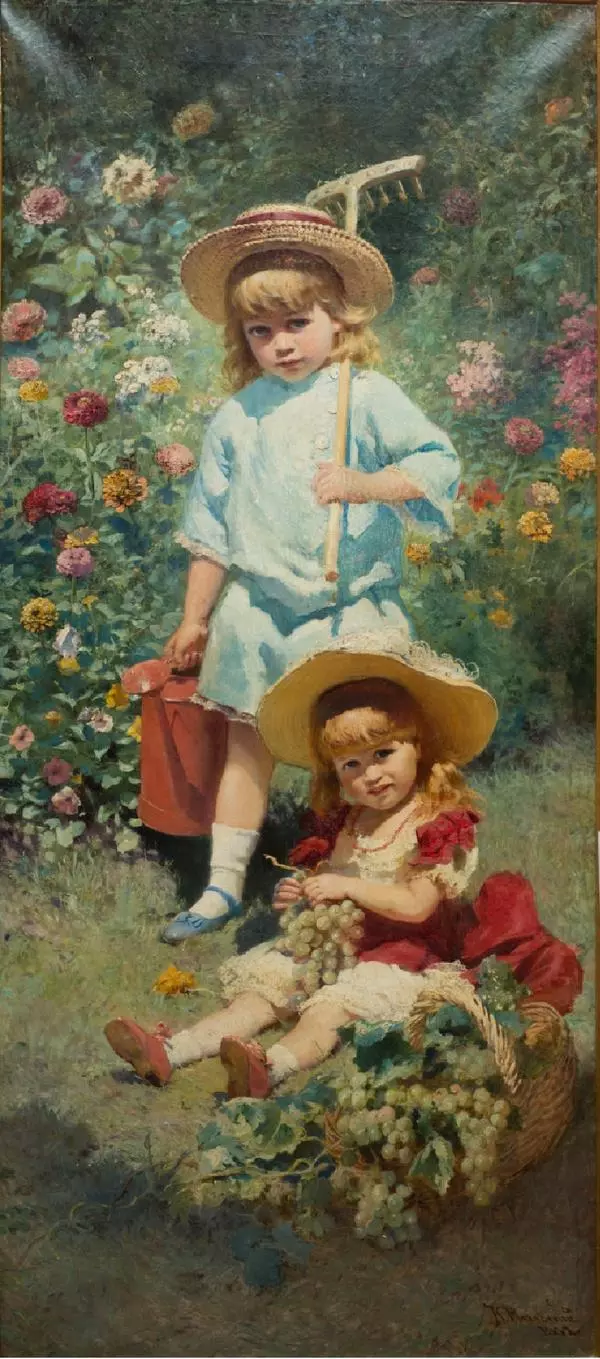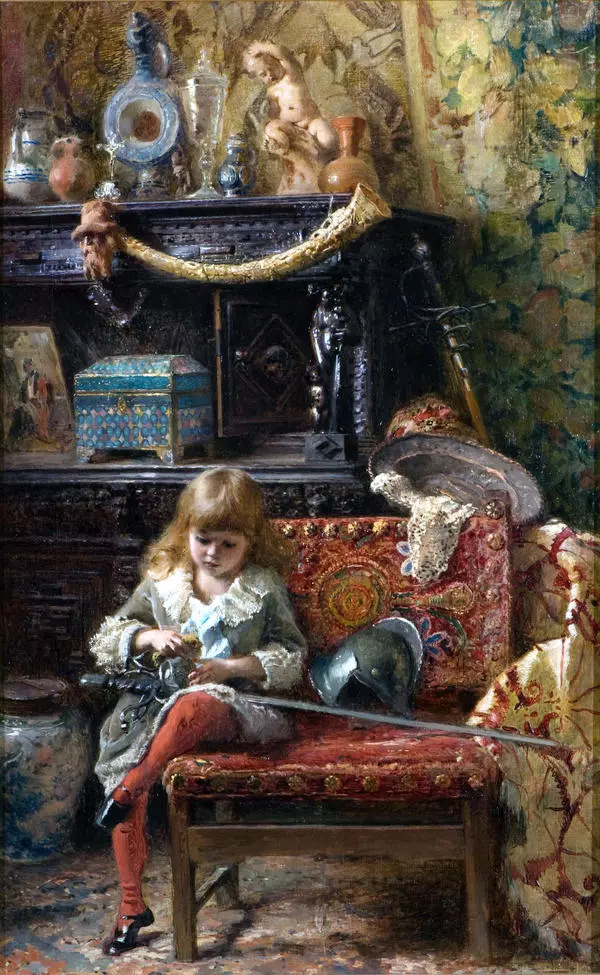Konstantin Yegorovich Makovsky was an artist, master of history and genre paintings, portraitist, teacher, academician and professor of the Imperial Academy of Arts.
He was born in 1839 in Moscow in the family of an artist. Konstantin Makovsky’s brothers and sister Vladimir, Nikolay and Alexandra were also artists. Among the family’s friends were Karl Bryullov and Vasily Tropinin. Konstantin Makovsky’s father founded Life Drawing Class on Bolshaya Nikitskaya Street, which later evolved into the Moscow School of Painting, Sculpture and Architecture. Konstantin became the first student of this educational institution. Later the artist wrote, “I consider myself indebted for who I have become not to the academy, not to the professors, but exclusively to my father.” At the School of Painting, Sculpture and Architecture, he studied with Mikhail Ivanovich Scotti, Sergey Konstantinovich Zaryanko, and Apollon Nikolayevich Mokritsky. In 1858, Makovsky entered the Imperial Academy of Arts in St. Petersburg. Konstantin Makovsky was a participant in the famous “Revolt of the Fourteen”, and also became one of the first members of the Wanderers society of artists.
The exquisite portrait “Lady in Black”, painted with unhurried artistry, is one of the most attractive female images in the collection of the National Art Museum of the Sakha Republic. The composition is well constructed, harmonious in color, and not a single shade stands out in the color palette. Delicate, elegant brushwork and light strokes emphasize the sophistication and style of the portrayed. Although this is not a psychological portrait, it is impossible not to feel stricken by this face and radiant blue eyes.
Makovsky was a European-level artist, worked in different genres and mastered the techniques and manner of different artists. He understood the public taste well. Portrait was the defining genre in the artist’s work and brought him well-deserved fame as a brilliant portraitist of the Petersburg nobility and bourgeois metropolitan society of his time. In addition, he was an outstanding colorist who had an unmistakable sense of the pictorial and decorative harmony of color.
He was born in 1839 in Moscow in the family of an artist. Konstantin Makovsky’s brothers and sister Vladimir, Nikolay and Alexandra were also artists. Among the family’s friends were Karl Bryullov and Vasily Tropinin. Konstantin Makovsky’s father founded Life Drawing Class on Bolshaya Nikitskaya Street, which later evolved into the Moscow School of Painting, Sculpture and Architecture. Konstantin became the first student of this educational institution. Later the artist wrote, “I consider myself indebted for who I have become not to the academy, not to the professors, but exclusively to my father.” At the School of Painting, Sculpture and Architecture, he studied with Mikhail Ivanovich Scotti, Sergey Konstantinovich Zaryanko, and Apollon Nikolayevich Mokritsky. In 1858, Makovsky entered the Imperial Academy of Arts in St. Petersburg. Konstantin Makovsky was a participant in the famous “Revolt of the Fourteen”, and also became one of the first members of the Wanderers society of artists.
The exquisite portrait “Lady in Black”, painted with unhurried artistry, is one of the most attractive female images in the collection of the National Art Museum of the Sakha Republic. The composition is well constructed, harmonious in color, and not a single shade stands out in the color palette. Delicate, elegant brushwork and light strokes emphasize the sophistication and style of the portrayed. Although this is not a psychological portrait, it is impossible not to feel stricken by this face and radiant blue eyes.
Makovsky was a European-level artist, worked in different genres and mastered the techniques and manner of different artists. He understood the public taste well. Portrait was the defining genre in the artist’s work and brought him well-deserved fame as a brilliant portraitist of the Petersburg nobility and bourgeois metropolitan society of his time. In addition, he was an outstanding colorist who had an unmistakable sense of the pictorial and decorative harmony of color.

